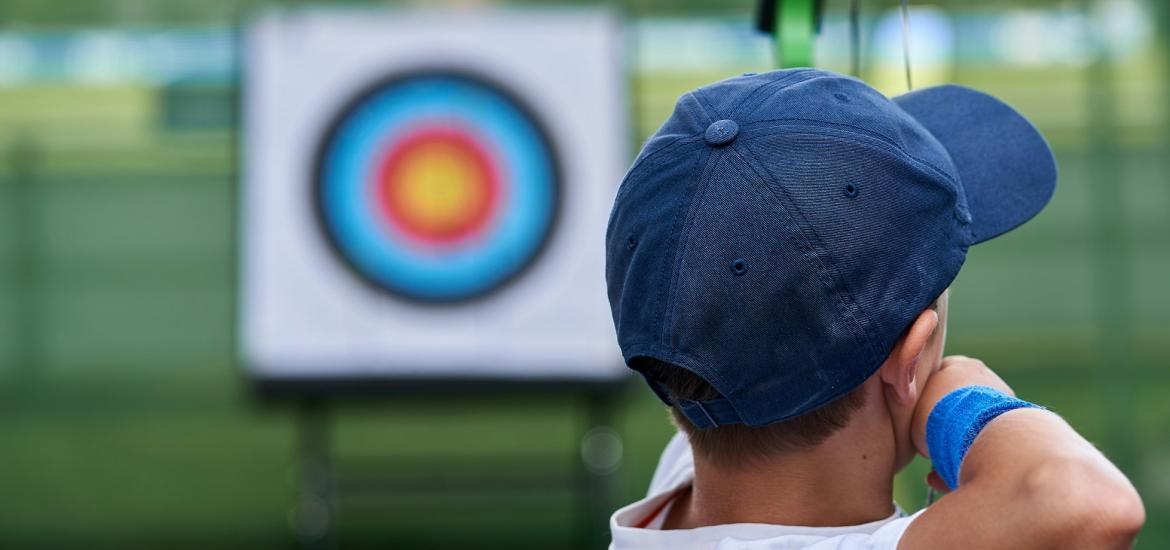
ASH 2024 – J&J aims at a myeloma precursor
The Aquila study could make Darzalex the first approved drug for smouldering multiple myeloma.
The Aquila study could make Darzalex the first approved drug for smouldering multiple myeloma.

Johnson & Johnson and Genmab’s mutiple myeloma mega-blockbuster Darzalex is already making inroads into first-line disease, but the companies have an even earlier use in their sights. Data presented at ASH on Monday in smouldering multiple myeloma, from the Aquila study, could set the drug up to become the first approved therapy in this asymptomatic disease precursor.
“We’re driving towards a cure,” Mark Wildgust, vice-president of global medical affairs for J&J oncology, told ApexOnco ahead of ASH. He believes that, if Darzalex is approved here, payers should get on board. But as well as potential questions about the value for money of this preventative approach, doubts might also be raised about the control arm used in Aquila, which began back in 2017.
In the trial, high-risk patients either received subcutaneous Darzalex for a fixed three-year period, or active monitoring. While watchful waiting is still described the current standard of care for smouldering disease, some researchers recommend Revlimid, with or without dexamethasone, for those at high risk of progression.
Still, though recent studies have found benefits with Revlimid, this hasn’t been approved for smouldering multiple myeloma, noted the authors of Aquila, which was simultaneously published in the NEJM.
Benefit vs risk
Unpicking this will now be a question for regulators: J&J filed Darzalex in smouldering multiple myeloma in November. A key consideration for the FDA will likely be whether the drug’s benefits outweigh its toxicity – actual and financial – especially because not all smouldering multiple myeloma patients progress to full-blown disease.
5,000 people are diagnosed with smouldering multiple myeloma in the US each year, but the focus for Aquila was high-risk disease, which affects around 2,000 people per year. Of these, around half will progress to full-blown myeloma within two years. And according to Wildgust “by the time you get to five years, over 60% of [high-risk] patients will have transitioned”.
While the Aquila investigators described Darzalex's side-effect profile as "acceptable", grade 3 or 4 adverse events were seen in 40% of Darzalex patients (vs 30% of control subjects), and grade 3 or 4 infections in 16% (vs 5%with observation). Despite this, quality-of-life scores were similar between the two groups.
As for the benefits, patients receiving Darzalex had a 51% lower risk of progression or death, the primary endpoint, versus control (p<0.001). There was also a trend towards an overall survival benefit, with a hazard ratio of 0.52, but a broad confidence interval of 0.27-0.98.
If J&J can get the go-ahead here it will steal a march on its old rival Sanofi, which doesn’t expect to file its anti-CD38 antibody, Sarclisa, in smouldering multiple myeloma until 2026 at the earliest. That company is taking a different approach with its Ithaca study, which tests Sarclisa plus Revlimid and dexamethasone, versus Revlimid and dexamethasone alone, in high-risk disease.
682













